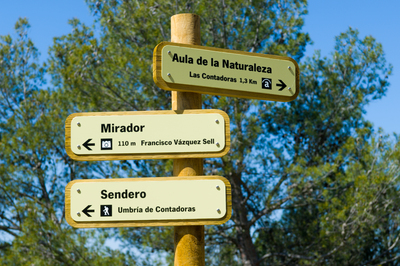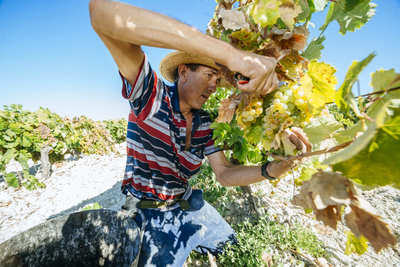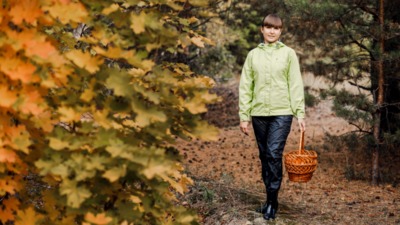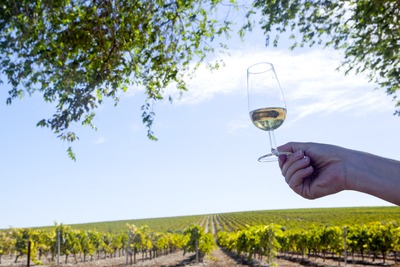Timber culture in the Segura and Cazorla Mountains
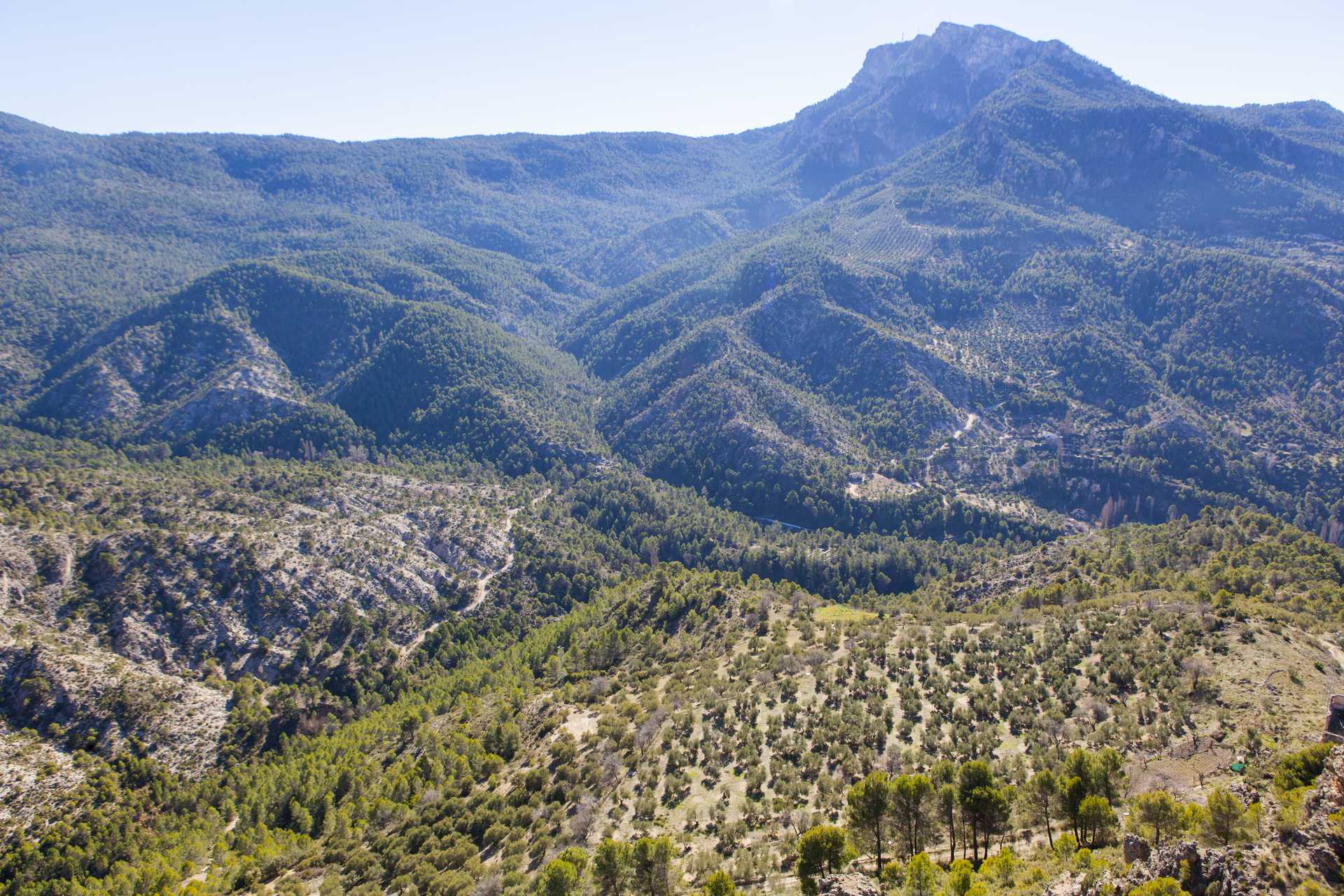
In the 18th century, the territory of the Sierra de Segura was declared a Maritime Province and its forests and forest resources allocated for the construction of boats and ships, as well as other works undertaken by the crown, including beams for the Royal Tobacco Factory in Seville. Logging towns that became part of what is now a nature reserve, welcomed the workers who felled the pines and then transported them downriver, locally called "maderadas". This is how Vadillo Castril was founded, an enclave where you will now find a Wood Culture Visitor Centre.
Historically, making use of forest resources in the Sierra de Cazorla y Segura dates back to the El-Andalus era, when bark was collected to obtain tannins, but also wood for tar and pitch. In 1748 the mountains from which water flowed into the Guadalquivir became dependent on the Navy Department in Cádiz, while those draining towards the Segura River were assigned to Cartagena. 1751 saw the creation of the Segura Maritime Province, and it lasted until 1836.
It was during this period when the naval industry would make use of the forest resources in the territory for the shipyards, since the black pine's tall, straight trunk and hard wood made it the true king of these mountains. In the 20th century, in 1942, RENFE (Spanish National Railways) took over from the navy and used this wood to build railway sleepers. This change led to the creation of an industry based on the transformation of wood and generated an entire economic sector within the region.
In Vadillo Castril, in the heart of the Sierras de Cazorla, Segura y Las Villas Nature Reserve, you will find the Wood Culture Visitor Centre, a worthy heir to this great economic activity. It occupies what used to be an old sawmill that operated from 1942 to 1986, and which made Vadillo the epicentre of Forest Exploitation for the National Network of Spanish Railways (RENFE).
The pine trees that were felled in the mountains were prepared in this sawmill to later be transported to Seville via the Guadalquivir River. There were also intermediate storage and distribution stations, called load-breaking stations, such as those at the "playas" in Mengíbar (La Bética Sawmill), near to the station in Espeluy, and the Linares-Baeza Station, which also supplied material to the mines in the region. In Seville, next to the Triana bridge, the building has been preserved where the trunks were stored that were floated down the river in large groups from Jaén, shepherded by workers called "gancheros"
The sawmill produced sleepers, panels, wagon floors and even special beams for shipbuilding. This small settlement was not only important for the volume of timber harvested (more than 300,000 trees were processed here), it was also El Vadillo Forest Research Centre and still is a leader in this field at a national level. Many of the methods researched here, together with the qualification of workers, contributed to the development of other forest areas in Spain.




